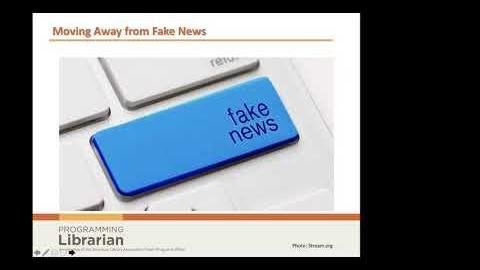Hello everyone! Welcome back to Cool Middle School and welcome to our first official summer vacation video! I hope your summer vacation is going well so far. This past year has been difficult and seems like the longest school year ever. Honestly, I know it wasn’t the easiest, but we did it. I’m really glad that summer vacation is here and we can spend every day without the pressure of studying.
But before you know it, the new school year is here. I have been thinking about what I want to teach my 7th grade English students next year. One topic that always comes to mind is digital literacy and media literacy. As digital and media continue to grow, it is important that students are able to consume media intentionally and apply media literacy to everything they encounter.
So I did some research and found five great online resources that I think will help me teach media literacy to my students next year. These resources vary in difficulty and age appropriateness and are suitable for students in different year groups.
- Crash Course Media Literacy Playlist on YouTube 🎥: Crash Course is a free YouTube channel offering great educational content. They have a playlist dedicated to media literacy, hosted by Jay Smooth, a radio DJ from New York. The videos in this playlist go into great depth about the history of media, media and money, media beliefs, and the impact of technology on media. While these videos are suitable for high school students, I really want my middle school students to be able to graduate with the knowledge these videos provide.
- Navigating Digital Information Playlist on Crash Course 🌐: Another playlist on Crash Course, hosted by John Green, focusing on navigating digital information. This playlist covers a range of media literacy topics and is suitable for middle school students.
- Interactive Media Literacy Notebook and Poster 📚: I found an interactive notebook resource to accompany the Media Literacy Crash Course playlist. This makes it easier for students to follow along and take notes while watching the video. Additionally, a poster based on the crash course video is provided with five questions for each medium.
- Stanford History Education Group 🗺️: This site is a gold mine of historical resources, but also has a section dedicated to online civic thinking. Their resources can be adapted to different grade levels and provide valuable media literacy lessons.
- iCivics Website 👩💻: iCivics offers super fun games that teach about government and citizenship. One game in particular, called “Defenders of the News,” emphasizes responsible citizenship, the First Amendment, and understanding truthful reporting. This is a challenging and addictive game with beautiful graphics that I would definitely recommend for middle school English or social studies classes.
These five resources are just the tip of the iceberg when it comes to teaching media literacy to students. I’m looking forward to incorporating them into my classroom and seeing how my students engage with the content. I hope these resources will help you teach media literacy to your students, too. If you have any favorite lessons or stories about teaching media literacy, I’d love to hear them in the comments!
Have a great summer and see you in the next video! 👋
Disclaimer: The video content displayed above was created and is the property of Megan Forbes. We do not claim any rights to this content and are not in any way endorsing or affiliated with the creators. This video is embedded here for informational/entertainment purposes only. The accompanying articles, although sometimes narrated in the first person, are independently written by our editorial team and do not necessarily reflect the views or expressions of the video creators.



